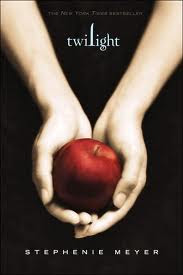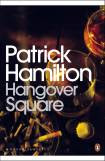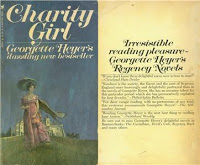
For the benefit of those of you who have been being held by Columbian rebels for the last few years, I will summarise the TWILIGHT plot. A central character, unashamedly named Bella Swann, moves to a new high school. There she meets Edward Cullen, who is strangely beautiful. They fall in love. She discovers he is a vampire. He is a kind of vampire who has learnt not to eat people. A people-eating kind of vampire tries to kill Bella, and Edward saves her.
At first, I really enjoyed this book. It has real-page turning power. It’s very compelling, the will-they-won’t-they and the suppressed sexual tension, and I was just thinking: I see why this is a hit! I am so in touch with the zeitgeist! With the mind of the common man! Let’s watch the movies!
When, sadly, it all just got too stupid for anything. I tried, god knows, I tried. If I could like it, I know I could be a different type of person: Fun! Happy-go-lucky! Down-to-earth! Etc!
But, I mean, god:
About three things I was absolutely positive. First, Edward was a vampire. Second, there was part of him – and I didn’t know how potent that part might be – that thirsted for my blood. And third, I was was unconditionally and irrevocably in love with him.
Here‘s an interesting article about the author, who is an Arizona based Mormon mother-of-three who has never even seen an R-rated movie. This starts to make it clearer as to why while the book is very sexy, nothing sexual actually happens. It also helps to explain some of Edward’s clothing choices:
He was removing a light beige leather jacket now; underneath he wore an ivory turtleneck sweater. It fit him snugly, emphasizing how muscular his chest was.
I was reading this book at the same time as RABBIT, RUN, which is a novel that makes a serious attempt to understand how relationships work. It made for a lurid comparison with TWILIGHT, where the main hurdle – falling in love – is handled in the first couple of chapters. Thereafter, all major threats are external; whereas, at least in my unhappy experience, most major threats are entirely internal.
Geez. I will never be Fun! and Down-to-earth! at this rate.



